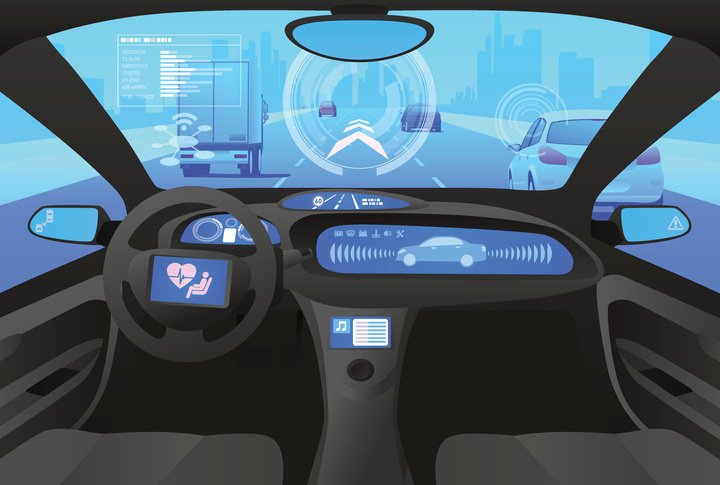Trucking has provided drivers and families with a decent living for decades. Although the demand for truckers has been persistent, most don’t expect it to last forever, especially since major truck manufacturers and startups have been busy testing automated and driverless trucks.
Automated and “self-driving” vehicles, such as Uber’s, have recently gained huge media attention. But, these vehicles have been driven by consumers’ personal demand for a ride. The economy thrives because of the goods truckers carry to markets, retail stores, and even directly to customer. So, when driverless vehicles really hit the road, they’ll be driven by commerce, meaning that big rigs will lead the pack.
Industry professionals are widely in agreement about the appeal of a machine that runs 24 breakless, restless hours a day. The change means less labor, which equals lower wage costs.
The technology is already out there, constantly being improved and tested, from driverless big rigs to platooned, single-driver operated trucks. If it becomes successful – an outcome that seems more than likely – this shift will cause a tremendous adaptation for 2.5 million truck and delivery drivers across the nation. Their lives will severely change, but Frank Mora, a 28-year-old driver whose family has been in the business for 30 years, says “There is nothing we can do to stop it or change it, but with change there is always opportunity.”
Many believe that the era of driverless trucks will increase safety in the business while simultaneously cutting operator costs and solving truck driver shortage issues. Other commercial benefits of the huge trucks could slow their development.
Leading the pack are “platoons” – vehicles that allow two or more cargo trucks to ride in tandem as they communicate with one another. Considered one of the most basic levels of automation, these vehicles include some features that owners of luxury vehicles are already using, like automated breaking. Their appeal comes from the reduced amount of regulatory hurdles developers will need to navigate through to reach the market, allowing them to hit the roads quicker than any other type of automated vehicle.
The hurry to bring platoons to market can be described in one word: savings.
Because they drive tightly together, these new vehicles can save an estimated 20% in fuel costs. According to the American Transportation Research Institute, this fact is extremely appealing to trucking companies, especially when one of their biggest expenses is fuel.
Testing of platoons has already begun in Southern California with the federally-backed test of a three-truck Volvo platoon. This is the first test of a platoon in SoCal, and it will focus on gauging the safety of the truck with other vehicles dodging it on the roads.
Although advanced, the trucks won’t be testing for speed. Experts are analyzing the ability of the trucks to communicate each other while in motion through actions such as synchronized breaking. None of the trucks will ever travel more the 55 miles per hour.
Despite developer and industry professionals’ excitement, consumers and regulators harbor some anxiety about the new technology.
A Consumer Technology Association Poll found 70% of a 2,001 sample said that they were ready to test out an autonomous vehicle, but only 16% of the sample were willing to let machines take over completely.
News headlines and state legislation seem to be negatively affecting the willingness of consumers to share the roads with automated vehicles. Last summer, a man died while driving a Tesla Model S in autopilot mode, even though investigations reported no sign of vehicle defects. Additionally, California has been relatively slow to adopt autonomous vehicle regulations.
But, the long-term goal of developers is to make driverless trucks safer than those that are human-operated. A study by the National Highway Safety Transportation Administration showed that, in 2015, over 35,000 people died in car accidents, 94% of which were caused by human errors. “Smart vehicles” will have more electronic eyes than just two, hopefully allowing them to sense obstacles and potential danger better than humans can.
Although some researchers disagree about how much time it will take for automated big rigs to hit the roads and just how driverless they will be, Xiao Yun Lu, a research engineer at Partners for Advanced Transportation Technology at UC Berkeley, says “This is not the far future. This is the near future.”
Read next: A Step Closer to Automation: DOT Rule for V2V, Case Study: Manufacturer Reduces Freight Spend Through Automation.

